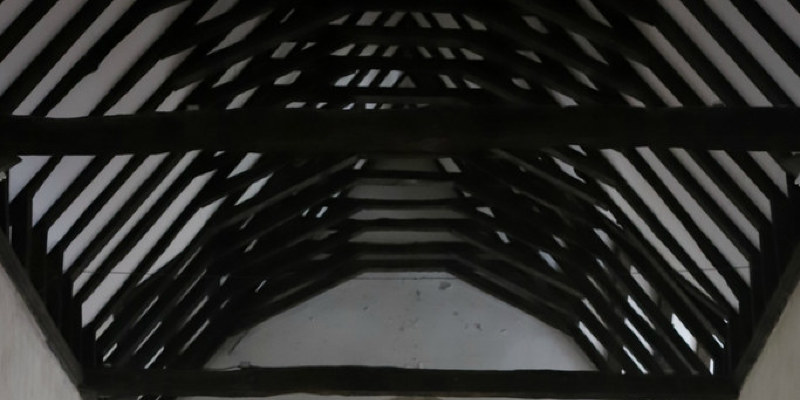Age-restricted communities are collections of housing units, detached or attached, available for sale or for lease. The legislation that governs these communities is known as the Housing for Older Persons Act of 1995 (HOPA). While age-restricted communities have been built for decades, the current changes to the law offer these communities greater flexibility in deciding what services and amenities they provide their residents. Designation The Fair Housing Administration within HUD regulates age-restricted communities, or active adult communities, as they’re more commonly known as. The basic regulation that governs the neighborhood, aside from not discriminating against people on the basis of race or faith, is that one member of their household must be over 55 in 80 per cent or more of those occupied homes. Prior to the more recent regulations put in place in 1995, active adult communities needed to demonstrate that they’d social programs and other activities geared toward…
HUD Laws for Age-Restricted Home Communities








